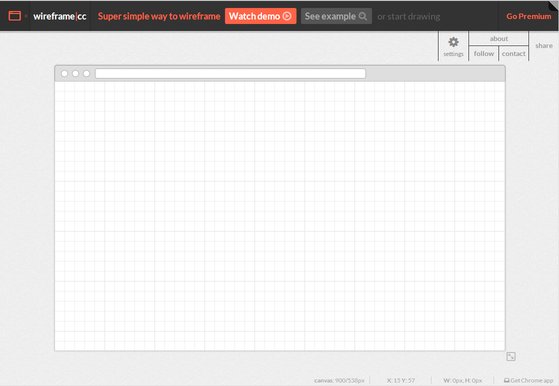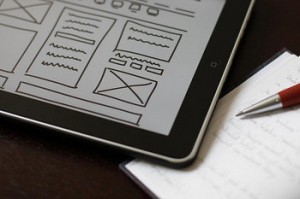 Conceptualizing a mobile or desktop site has never been as easy as it is today with the huge range of wireframing and prototyping tools at our fingertips. Long gone are the days of sitting down with pen and paper and tossing away pages every time you wanted to change a small detail. To many designers out there, that is a relief, but Lennart Hennigs, writer for Smashing Magazine, suggests it may be better for the final product to revert back to the old ways and undertaking hours of sketching.
Conceptualizing a mobile or desktop site has never been as easy as it is today with the huge range of wireframing and prototyping tools at our fingertips. Long gone are the days of sitting down with pen and paper and tossing away pages every time you wanted to change a small detail. To many designers out there, that is a relief, but Lennart Hennigs, writer for Smashing Magazine, suggests it may be better for the final product to revert back to the old ways and undertaking hours of sketching.
Hennigs suggests that these tools which have made getting started on a website faster than ever before are also making us skip over key step that leads to the best results possible: taking to time to actually understand the problem.
Many designers are afraid of white or empty space. The pressure to start from nothing can sometimes be intense, especially on important projects, but when we start to map out the project and work out the problems we also start to create solutions. We aren’t just fixing problems on the paper when we sketch, though. We also generate new ideas out of the lack of established details. Your brain automatically fills in the blanks, and you can often be surprised by what you imagine. The best part of all of this is exploring these options without being forced to commit.
With sketches, you can have three our four different options for a single screen on a single page, all in progress at the same time. You can explore every option you want, and if something goes wrong, mark that design out or throw it away. With prototyping, it isn’t so easy. Prototyping is slower and when it takes more time to create something, we get more attached to it even when it isn’t the best possible design. It is hard to outright throw away a prototype you’ve spent an hour or more on.
The big reason some designers were so happy to see prototyping tools become widely available is they were sketching wrong. Your sketches don’t have to look good, and you definitely don’t need to spend hours cleaning up lines or making them look good. You are conveying ideas, not the final product. You don’t need to be Rembrandt, you just need to get the ideas on the paper. Think of it like writing, you have to be legible enough to communicate the information, but sloppy penmanship doesn’t matter if it is still legible. Similarly, you’re sketches don’t need to look pretty so long as they formulate ideas and could communicate them to collaborators.
If you’re sold on stepping back one step in your design process and opening yourself to new ideas you normally wouldn’t get during the prototyping step, don’t worry about your artistic skills or anything like that. Hennigs suggests more than a few tips in his article for getting started and how to approach the new old part of design.





